What is an Oil and Gas Gathering System
Generally speaking, an oil and gas gathering system is an infrastructure component in the energy industry. It plays a vital role in transporting crude oil and natural gas from wellheads to processing facilities. This system ensures that the extracted hydrocarbons are efficiently delivered for further processing and distribution.
Oil and Gas Gathering System Overview
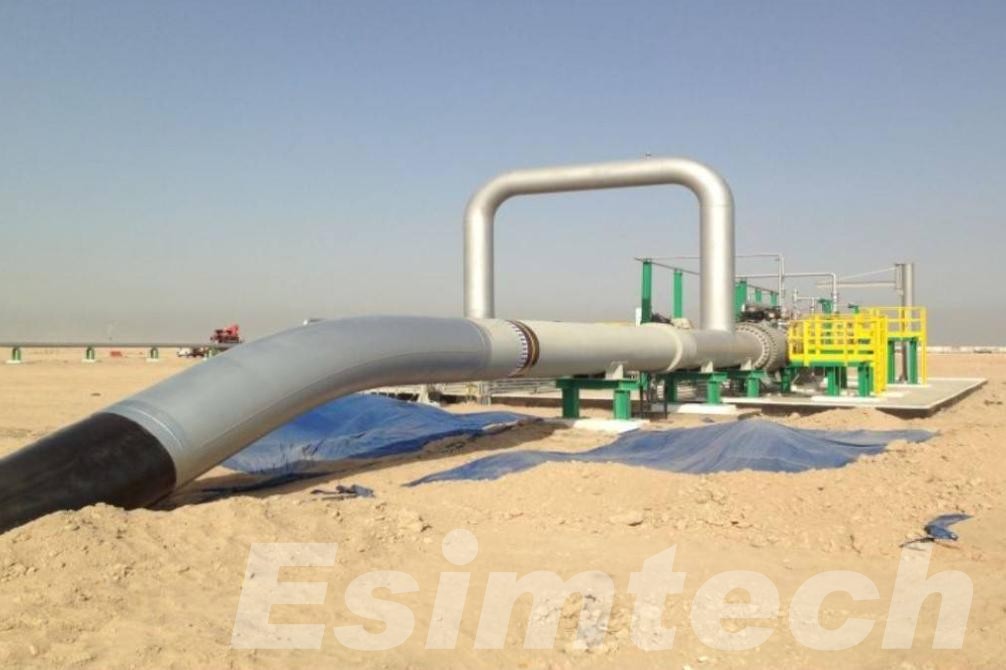
An oil and gas gathering system is a network of pipelines that transports crude oil, natural gas, and other hydrocarbons from the wellhead, where the oil or gas is initially extracted, to a central processing facility or storage location. The purpose of the gathering system is to collect the raw product from multiple wells and move it to a processing plant, where impurities are removed, and the hydrocarbons are refined into marketable products.
The Role of Gathering Systems in the Oil and Gas Production Process
Gathering systems are essential to the oil and gas production process, serving as the critical first step in transporting raw hydrocarbons from the wellhead to processing or storage facilities. When oil or gas is extracted from underground reservoirs, it is often mixed with water, sand, and other impurities that must be separated before the product can be refined or sold. The role of the gathering system is to collect this unprocessed mixture from multiple wells and transport it to a central facility where initial processing can take place.
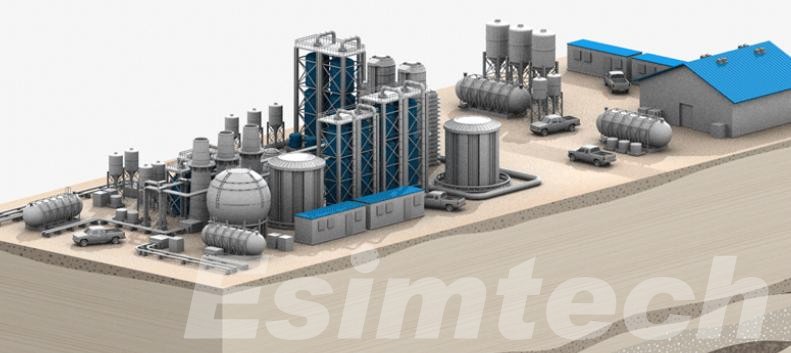
- These systems are designed to accommodate the varying flow rates and pressures that can occur at different wells, ensuring that hydrocarbons are transported reliably and efficiently. By consolidating production from multiple wells, gathering systems make it possible to manage the initial stages of oil and gas transportation and processing more effectively. This consolidation not only helps to reduce operational costs but also optimizes the logistics of moving raw hydrocarbons to processing facilities.
- In addition to their role in collection and transport, gathering systems are vital for maintaining continuous production. They help prevent downtime by ensuring that the flow of hydrocarbons from the wells to the processing facilities remains steady and uninterrupted. This steady flow is crucial for maximizing production output and maintaining economic viability, especially in fields with multiple wells that produce varying quantities of oil or gas.
- By centralizing the collection and transportation of hydrocarbons, gathering systems also reduce the need for multiple individual processing facilities, which would be costly and inefficient to operate for each well. This approach allows producers to achieve economies of scale, reducing overall costs and improving the economic feasibility of extracting oil and gas, even from smaller or lower-output wells.
Components of an Oil and Gas Gathering System
A complete oil and gas gathering system usually includes the following key components: gathering pipelines, separators, metering stations, storage tanks, and related pipelines and equipment. These components work together to ensure that the crude oil or natural gas extracted from the production wells can be safely and efficiently transported to the processing facilities or terminal markets.
- Gathering pipeline: Gathering pipeline is an important channel connecting production wells with processing facilities, responsible for transporting crude oil or natural gas. According to the search results, modern gathering pipelines are usually made of high-strength materials such as carbon steel, stainless steel or plastic alloys to withstand high-pressure and high-temperature working conditions. In addition, the design and construction of pipelines must meet strict industry standards to ensure long-term reliable operation and reduce environmental risks.
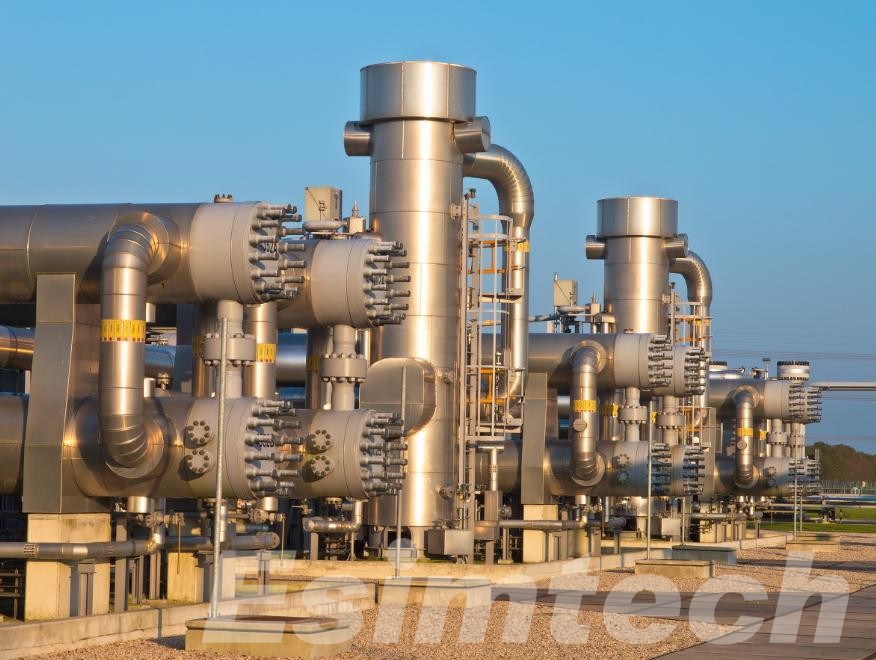
- Separator: The function of the separator is to separate oil, water and gas from crude oil. According to the search results, the design of the separator is very critical, and it needs to have sufficient efficiency to ensure the efficient separation of oil, water and gas. Modern separators usually use advanced internal structures such as packed trays or cyclone separation technology to improve separation efficiency and reduce energy consumption.
- Metering station: Metering stations are used to measure the volume and quality of crude oil or natural gas flowing through the pipeline. According to the search results, the accuracy of metering stations is crucial to ensure fair transactions. They are usually equipped with sophisticated flow meters and quality detection equipment to monitor fluid characteristics in real time and provide data support for production and logistics decisions.
- Storage tank: Storage tanks are used to temporarily store crude oil or natural gas extracted from production wells, waiting for further transportation or processing. According to the search results, the design of the storage tank needs to take into account the characteristics and safety of the storage medium. For example, the storage tank may need to have heating or cooling functions to prevent the crude oil from deteriorating or freezing during storage. At the same time, the storage tank also needs to have anti-leakage and safe discharge measures to protect the environment.
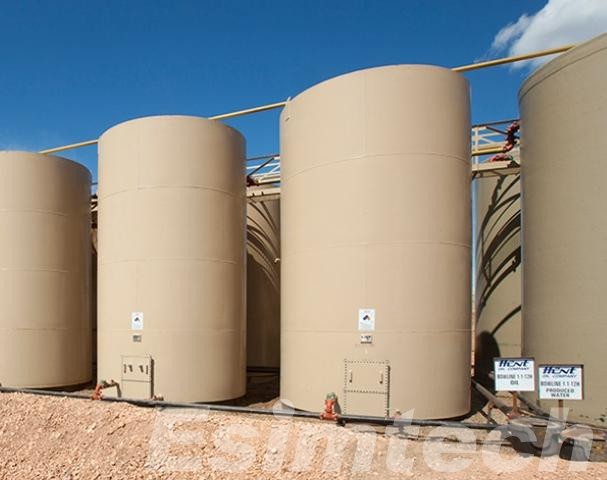
In summary, the oil and gas collection system is a complex engineering system involving multiple interrelated components. Each part has its specific design and functional requirements, aiming to achieve efficient, safe and environmentally friendly production goals. With the continuous advancement of technology, these components are also constantly being optimized and upgraded to adapt to stricter environmental regulations and market demands.
Types of Oil and Gas Gathering Systems
Oil and gas gathering systems can be categorized into several types based on their configuration, the type of hydrocarbons they transport, and the operational environment. Here are the main categories:
1. Based on Configuration:
- Single-Well Gathering Systems: Designed to connect and transport hydrocarbons from a single well directly to a processing facility or central collection point. This type is typically used for high-output wells where dedicated infrastructure is justified.
- Multi-Well Gathering Systems: Connects multiple wells to a central gathering pipeline, which then transports the combined output to a processing facility. This type is common in areas with dense well spacing or where individual well production is lower.
2. Based on the Type of Hydrocarbons:
- Oil Gathering Systems: Specifically designed for the collection and transportation of crude oil. These systems often include equipment to handle the higher viscosity of oil and may require heating or other treatment to facilitate flow through pipelines.
- Gas Gathering Systems: Tailored for the collection and transportation of natural gas. These systems often include compressors and dehydrators to manage pressure and remove water vapor, ensuring the gas meets quality standards for transportation.
- Hybrid Gathering Systems: Designed to handle both oil and gas production from the same field. These systems can transport both types of hydrocarbons either separately or together, providing operational flexibility.
3. Based on Operational Environment:
- Onshore Gathering Systems: These systems operate on land and are typically easier to construct and maintain. They are used in traditional oil and gas fields, shale plays, and other onshore locations.
- Offshore Gathering Systems: Designed for marine environments, offshore gathering systems face unique challenges such as deep-water conditions, high pressures, and harsh weather. These systems often involve subsea pipelines and surface facilities like platforms or Floating Production Storage and Offloading units (FPSOs).
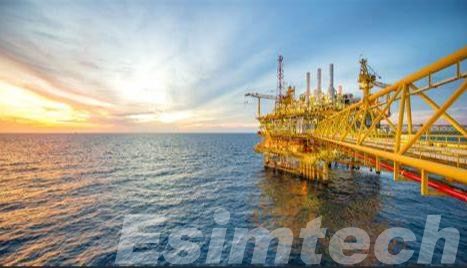
By categorizing oil and gas gathering systems in these ways, operators can design and implement infrastructure that best suits their specific production conditions, hydrocarbon characteristics, and operational environments.
Conclusion
Oil and gas gathering systems are essential for transporting hydrocarbons from wells to processing facilities. They vary in design based on production needs, hydrocarbon types, and environmental conditions. Understanding these systems helps optimize efficiency, reduce costs, and ensure safety in the energy supply chain. Their role remains crucial as the industry adapts to meet growing global energy demands.

